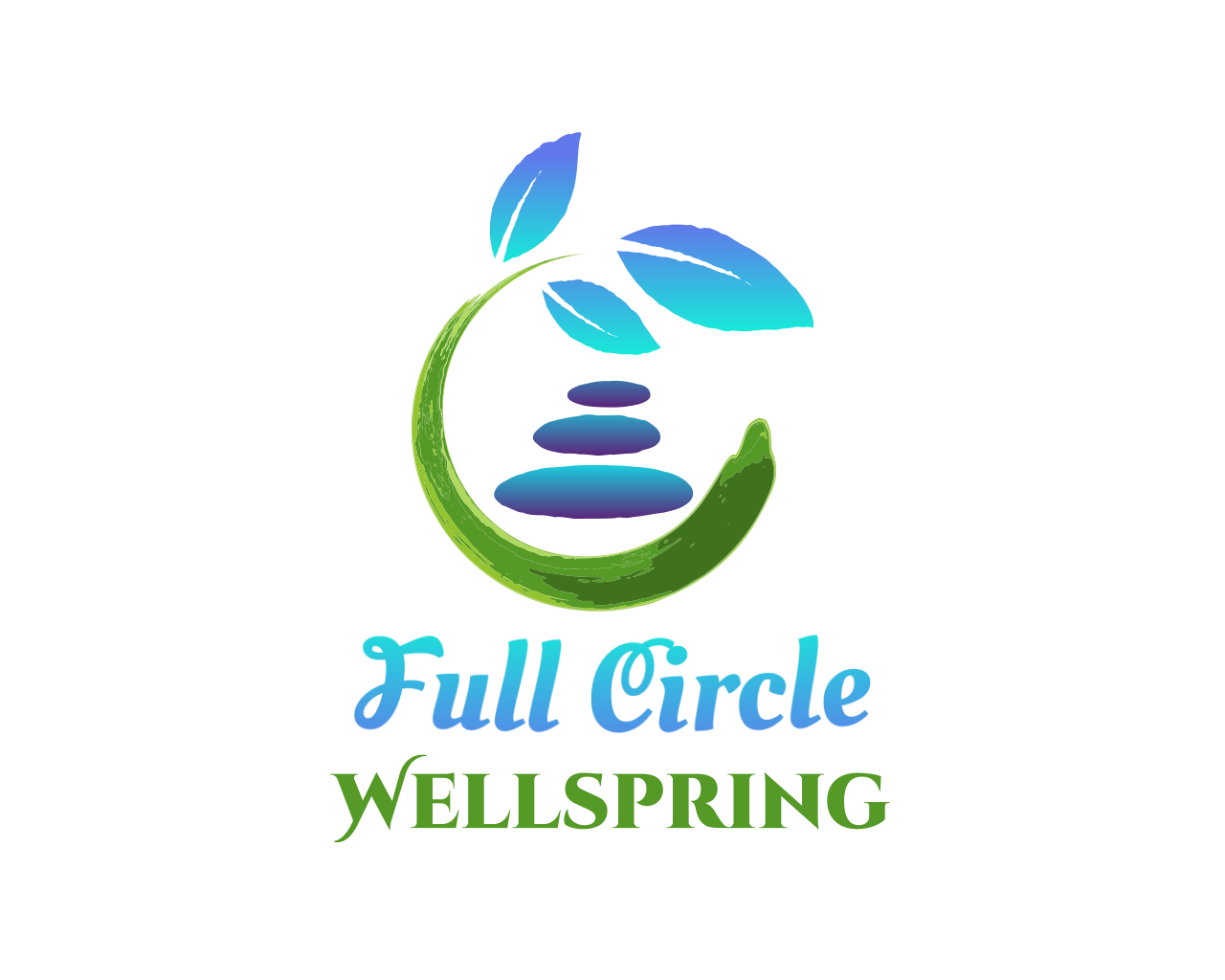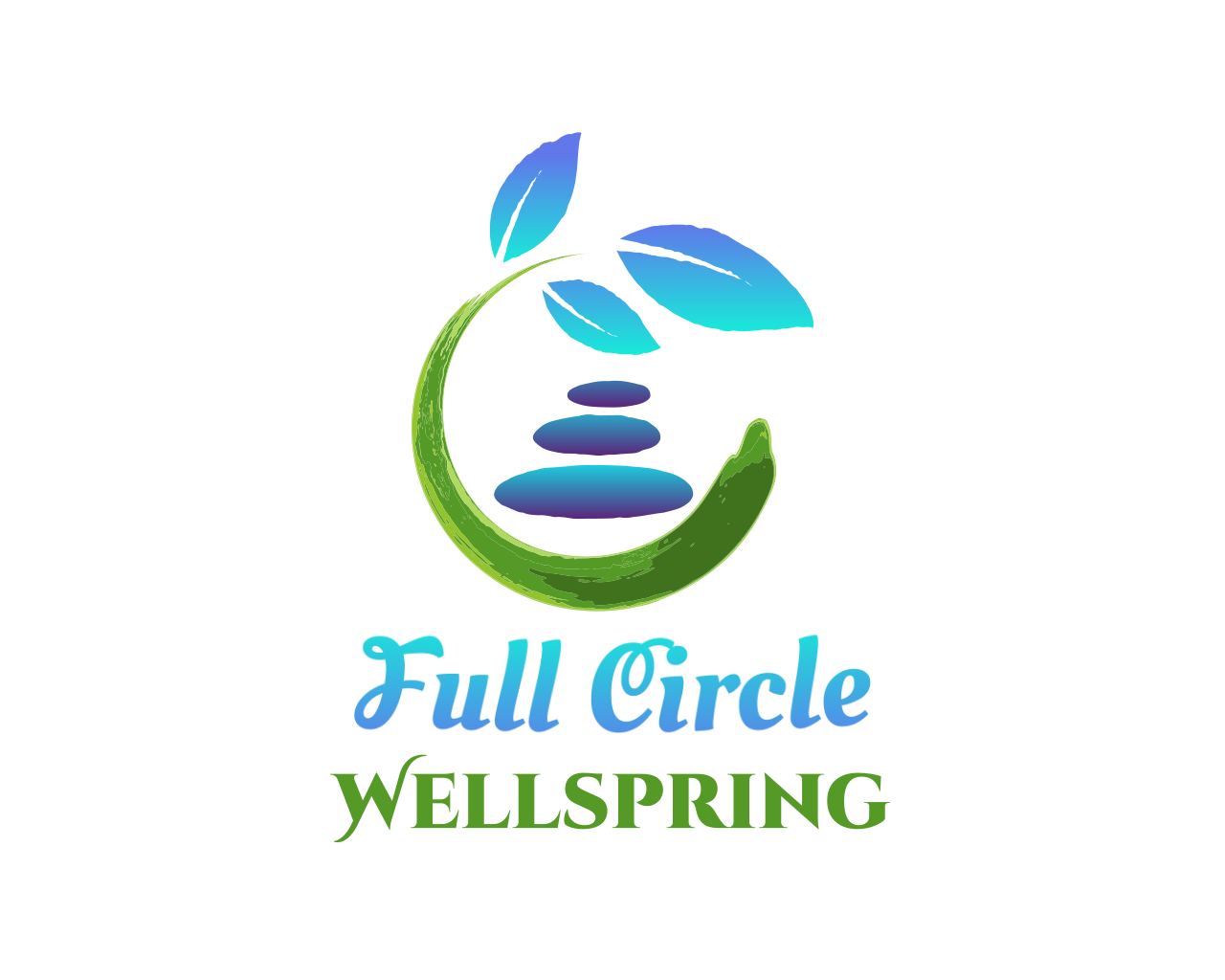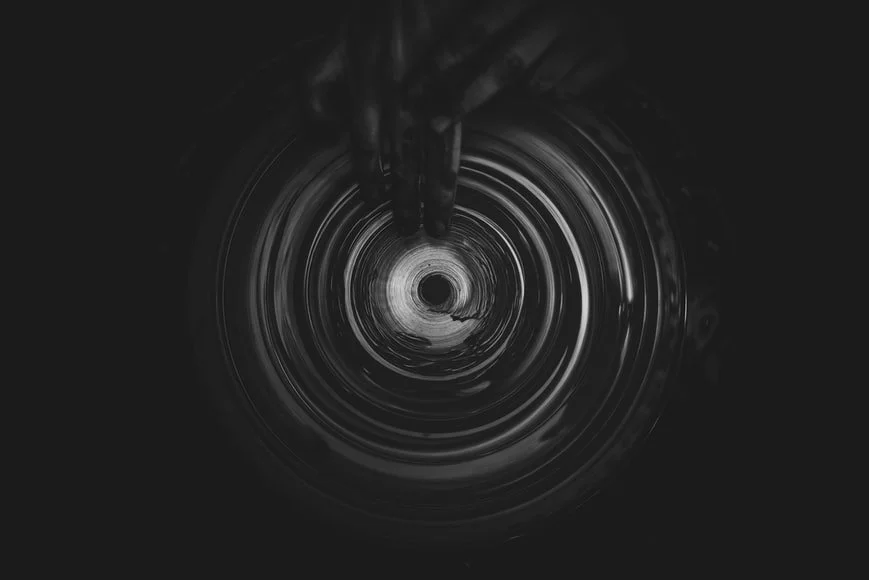Full Circle Fridays (ARCHIVES):
Trauma causes a disruption in our neuro pathways and can halt survivors from staying connected to themselves, others, and the world around them. They can abandon/exile parts of themselves behind a wall of shame and fear. Each Full Circle Friday post was geared toward learning about outside resources, adjunctive services, modalities, recommendations, etc for the trauma survivor to grow their toolbox for recovery.
For more (NEW) content (or to listen to these archived episodes) - check out the Podcast or the YouTube channel! Follow/subscribe so you never miss content!
Full Circle Fridays|Week 19: Senses
Author Note: If you prefer to listen or watch instead of or along with -
Check out the YouTube video and/or the Podcast audio.
Most of us know about the five senses — touch, taste, sight, scent, sound. Feeling, tasting, seeing, smelling, hearing. Right? I do want to talk about those, but this is also about the elusive sixth sense as well as the other senses 7 through umpteen-nine-forty. I happen to believe in many other senses, just like I believe in lots of non-textbook 4F trauma responses from weeks ago.
For starters, the sixth sense is said to be an “intuitive faculty giving awareness not applicable in terms of normal perception”. Intuition, yes, is a way to sense the world around you. Gut feelings can be just as real and predominant as tasting or touching. Yet — the sixth sense has this allure of clairvoyance, as though it has something to do with the movie about seeing dead people. I think that’s one way to look at it — a different type of sight for some who can see spirits and people from the beyond. However, it’s not just that. Everyone has some sense of gut instinct like we talked about weeks ago in the episode called “Red Flags”.
Another form of sight is seeing people’s energy, like reading their aura in texture, contrast, and color. Some people have a sense where they can feel vibrations from other living things as easy as most of us can smell a flower. There is also room here to talk about empaths who don’t just sense someone’s emotions but take the emotion on themselves. Empath’s also get a real “paranormal” tag on them as well — as though they are doing something extraterrestrial instead of just something extraordinary. I believe we all have the capacity to see with our intuition in some way or another — some just have a more tapped into source of knowing, sensing things in a stronger, more vibrant way. While ordinary people would walk into a room and feel a sense of energy if everyone seems happy and chatty, there are some who walk in the room and see colors flying around each person’s energy bubble — like they can see more detail about the room’s overall feel. That’s a sense.
For trauma survivors — most of us have this learned alertness to read other human’s temperatures so to speak by gauging moods, recognizing micro facial expressions, and noticing changes in vocal tone. While this may seem like a gift, it can actually be an exhausting trauma response called hypervigilance. For some, studying body language and learning how humans interact is fun and fascinating. For trauma survivors, this may be something we don’t even recognize we do, yet all the while the stress of hypervigilance can be taking a toll on our body as we wonder why we are so drained. Still yet this is another sense that we’ve developed, and although it comes from a place of fear and angst, it’s a sense nonetheless.
Some people have a very strong connection to their inner body; this is something I would consider a type of sensing as well. Trauma survivors, as we know, can be quite disconnected from their body and lack those sensational feelings which makes it hard to read their own hunger meters or fatigue gauge. Yes, even the ones who are strong at reading the whole room might not be able to read their own leg sensations.
Another way we sense the outside world is via emotions. Emotions themselves are the reactions to the raw data of the world around you. Emotions are produced unconsciously and act like sensory receptors to the outside world. It is a way of expressing a sensory moment long before your cognitive brain can put words to it. This is an invisible connection between the stimuli and your emotional response. We know that often trauma survivors are also disconnected from their emotions. For some, it was a way to shut down the brain’s hormonal response to the trauma and abuse around them. So while it may seem like it’s not a big deal because “everyone has emotions” — the ability to sense your emotions, allow them, and feel safe with them is a superpower. A lot of the work that survivors do is energy spent on trying to reconnect to their emotional sensory parts.
With all this said, with just this handful of examples of senses beyond the dominant five, I’d like to offer you a resource that can go with you wherever you are, whenever you need. You may have heard this before, but I’m going to lay it out for those who haven’t. Then, I am going to add to it if you want to level up in your healing journey.
There is a coping technique called “5–4–3–2–1”. This is used for grounding when feeling dissociated, overwhelmed, flooded, triggered, or in an anxiety or panic attack. What I love is that the “rules” for this technique is that it always start with a deep, cleansing breath. I adore this because before you get to those five dominant senses that we learned in elementary school, you actually first connect with your breath. Inhale and exhale should be the first two senses, in my opinion. They are receptors to first the outside world on the in breath and then the inside world on the out breath. Just my conjecture. Anyways, after you take a deep breath, you activate your senses by finding and being aware of:
5 things you can SEE
4 things you can TOUCH
3 things you can HEAR
2 things you can SMELL
1 thing you can TASTE
What this does is ground you to the world immediately around you using your senses to establish safety in yourself and yourself to the space you are in. I often will use this, and half the time I flip numbers 4 and 3 around because I can’t always remember. However, it doesn’t matter; it still works. It’s about activating your senses to create an awareness to your reality to bring yourself back from floating away, to calm your nervous system, and to detach to what triggered you.
A challenge to yourself would be to first breathe, then do the 5–4–3–2–1, and then try this add on sensory technique. If you are beginning to feel safe and grounded after the first two steps, you can use this re-centered chance to quickly use your internal senses to re-align to your mind/body/spirit connection. I call this an add-on because it really deepens your sensory input and can allow for future triggers or panic attacks to be less severe.
So you could try something like tapping into your intuition and just sitting for 5–10 seconds to hear what your gut has to tell you. Ask yourself “what is my gut instinct right now?”. While this may be from a grounded place now away from your triggered event after the 5–4–3–2–1 technique, your gut may want to tell you why you got activated. You gut may also want to tell you what next step it thinks you need to take like making a phone call or taking a walk or laying down for a minute.
You could also take a moment to check in with your sense of hypervigilance. Acknowledge that it’s there if it is; thank it for trying to keeping you safe, but explain to it that in the trigger you just went through you actually were already safe and didn’t need the activation right then. If it overreacted to a stimuli, let it know that. See if your hypervigilance can take a step back and ground itself into a less actively participating part. (Some of that language is “IFS” like, so feel free to check out that episode if you don’t know.)
Another add-on option after the 5–4–3–2–1 technique is to tap into the sense of your body or emotions. Taking just 30 more seconds to ask your body what it needs or naming the emotion that was happening in that chaotic moment earlier. What emotion needs you to recognize it so that it can find healing and not be so activated next time? What wound needs some attention so that you can be calmer in the future? What had you not heard in your body previously that was feeling ignored (like hunger, muscle tension, thirst, etc.)?
Going beyond your five senses will expand your internal and external world. I hope learning these techniques was helpful. They are free to use, always accessible, and no special equipment is needed. This is now a resource for you whenever you need it. If you have questions or comments about this episode, feel free to reach out to me directly. If you are ready for more coping techniques in your healing journey, schedule a free consult today to see if coaching is right for you. I look forward to hearing from you.


